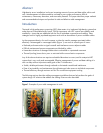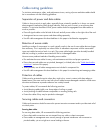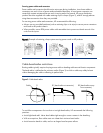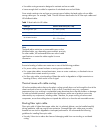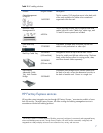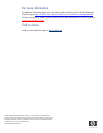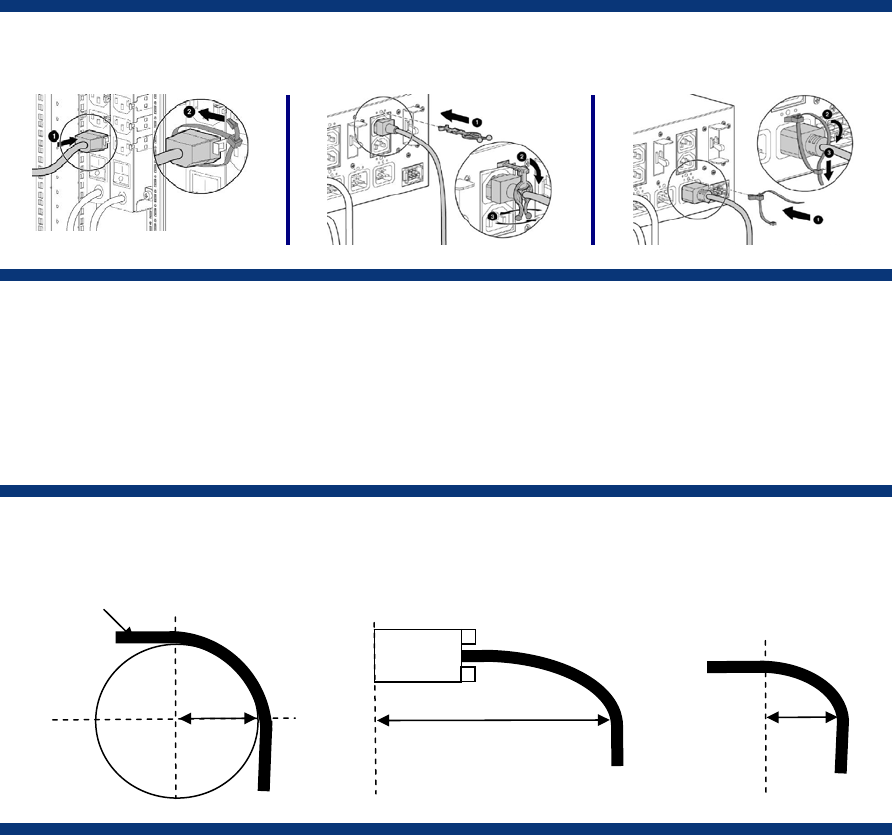
Securing power cables and connectors
Power cables and connectors should receive extra care during installation, since loose cables or
connectors can result in loss of power and unscheduled downtime. A loose power connector can
create high contact resistance that can result in arcing and a fire hazard. HP power distribution
products are often supplied with cable retaining clips or clamps (Figure 2), and HP strongly advises
using these accessories when they are provided.
For securing power cables and connectors, HP recommends the following:
• Always use any provided hardware (such as retaining clips or tie strips) to secure power connectors
and cords to the product chassis.
• When possible, secure PDU power cables with removable ties to
prevent accidental removal of the
cords from the system.
Figure 2. Example of retaining, clamp system securing power cords on HP products
Cable bend-radius restrictions
Routing cables typically requires looping excess cable or bending cable around chassis components.
The bend radius is defined as the minimum radius (Figure 3) to which a cable may safely be bent
without damaging the cable or affecting its performance.
Figure 3. Cable bend radius
Radius (R)
0°
90°
Cable
R1
(
bend radius at connector
)
R1
R2 (bend radius away
from connector
)
R2
To avoid the consequences of a too short or too tight bend radius, HP recommends the following
practices:
• Avoid tight bend radii. Never bend cables tight enough to cause a crease in the sheathing.
• With no exceptions, fiber cables must not violate their minimum bend radius.
• Avoid excessive bends in cable, and run as large a bend as space allows.
4




